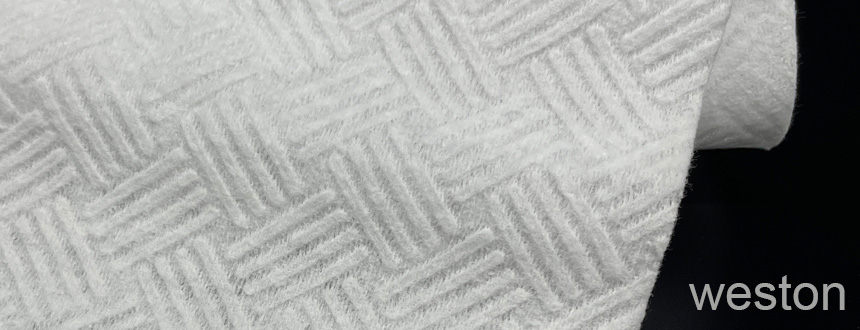The difference between lyocell and bamboo fiber is essentially the difference in raw materials, which leads to differences in functional performance, texture and application. The raw materials of the Lyocell series are all regenerated fibers, and bamboo fiber is also a regenerated fiber. Although they are not the same raw material, they are highly complementary and strengthen the ecological fiber raw material family. So, I think, lyocell and bamboo fiber are the icing on the cake.
Lyocell
The difference between lyocell and bamboo fiber can be summarized from the following four points:
- Raw materials. Lyocell regenerated fiber family series, the raw material of lyocell is tall wood, the raw material of modal is shrubland, the raw material of rayon and artificial cotton is annual herb straw, and the raw material of cupro is cotton linters. Bamboo fiber is better understood because the raw material is bamboo. Lyocell regenerated fiber and bamboo fiber are both raw fibers obtained by plant solvent spinning.
- Function. Whether it is Lyocell regenerated fiber or bamboo fiber, they are both world-famous for their ecological functions. They are excellent in softness and comfort, have outstanding breathability and sweat-wicking properties, and are relatively antibacterial. In terms of function, there is no obvious difference between lyocell and bamboo fiber.
- Texture application. Because there are many types of lyocell regenerated fibers, lyocell, modal and rayon are mostly short fiber structures, while rayon and cupro are mostly filament structures. Each has its own characteristics in performance and texture, so the suitable styles are more diverse. Commonly used in both knitting and weaving. Bamboo fiber is famous for its softness and short fiber structure, and is mostly used in the design of towels, socks and other knitted products.
- Prospects. Because the raw materials of Lyocell regenerated fiber are distributed in every corner of the world, the production capacity is more guaranteed and extensive, and the structural forms are relatively rich, the market space for Lyocell regenerated fiber is larger. As a type of raw material, bamboo fiber has a relatively narrow style and market coverage, but as a specialty category, its prospects are relatively promising.
As an user, I feel there is no need to delve into the production process and other aspects of the difference between lyocell and bamboo fiber. Understanding those profound parameters has no practical significance for development, utilization and market expansion. Mastering functional characteristics, better developing products, and allowing humans to use higher-quality ecological fabrics are what we should pursue with all our strength.

